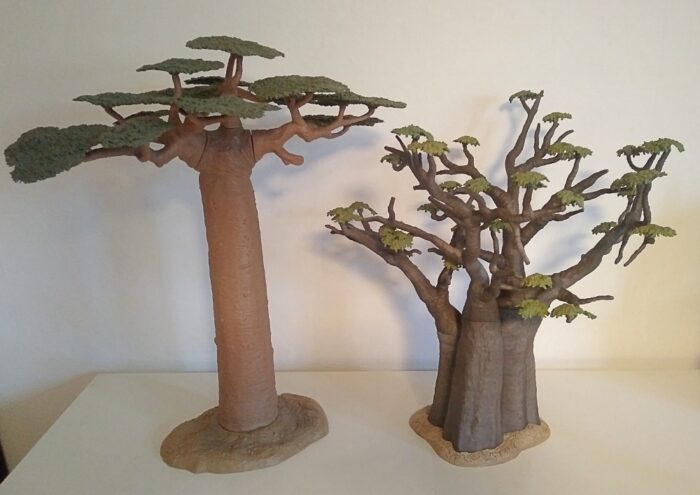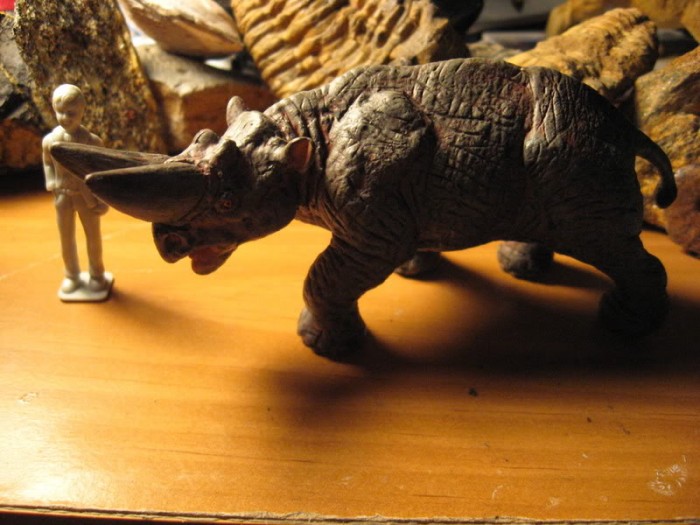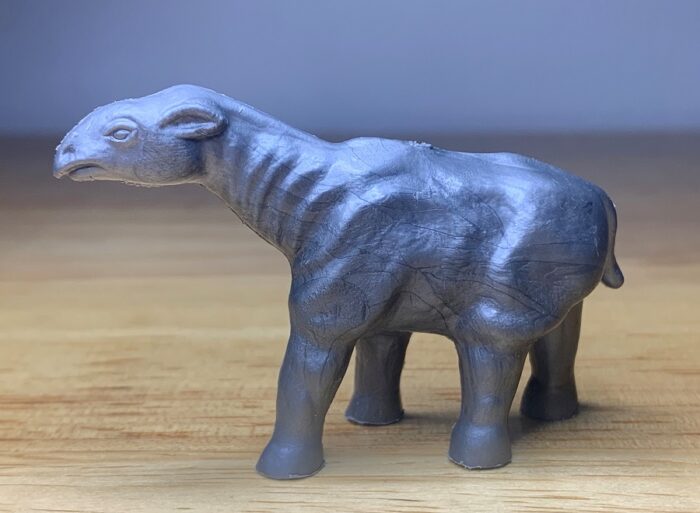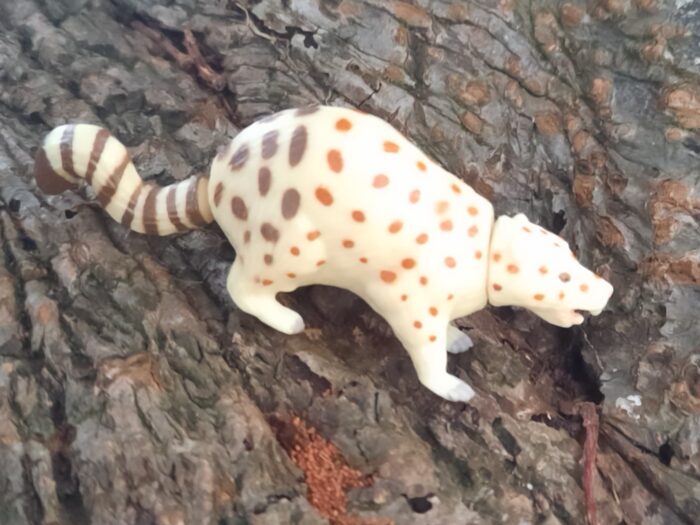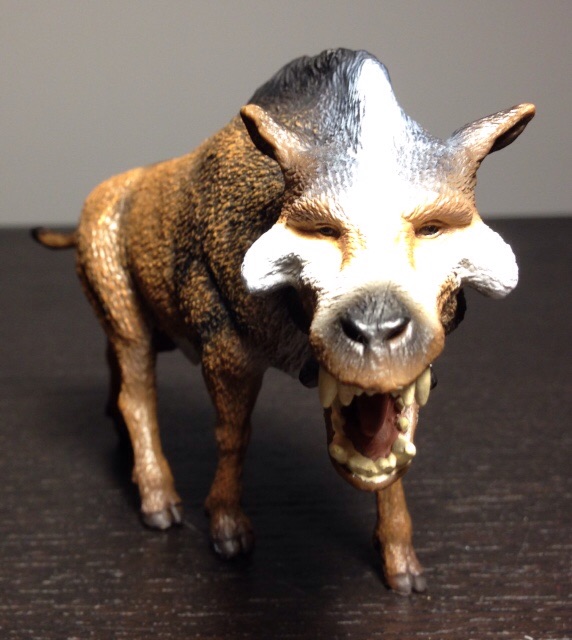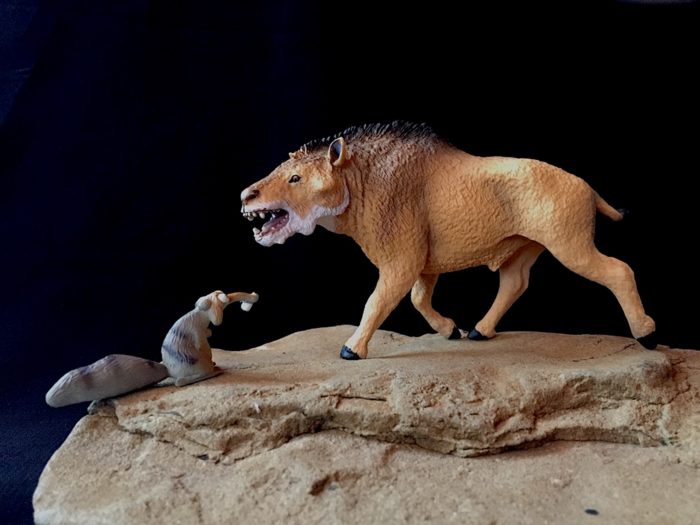The family of Baobabs is one of the most distinct and recognizable trees in the world. Eight species exist under the genus Adansonia, they are native to Subsaharaian Africa, Madagascar and Australia. The natural history of Baobabs is somewhat clouded and methods as molecular clocking yield debatable results.
Age: Oligocene
Review: Arsinoitherium (CollectA)
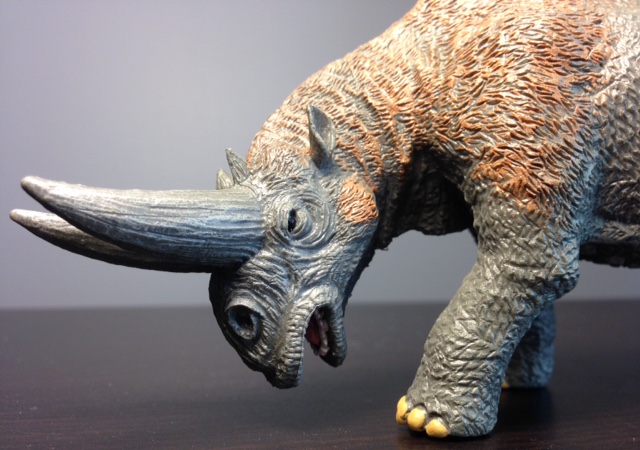
4.3 (20 votes)
Arsinoitherium was a large herbivorous denizen of swamps and rainforests during the late Eocene and early Oligocene eras. Despite its resemblance to a rhinoceros, it was more closely related to elephants, hyraxes, and sirenians.
Released by CollectA in 2014, this Arsinoitherium toy measures just about 18.5 cm long from the tips of its horns to the end of its tail.
Review: Arsinoitherium (Prehistoric Life Collection by Safari Ltd)
Review: Baluchitherium (Paraceratherium) (Lido-Nabisco)
Review: Baluchitherium AKA Paraceratherium (Starlux)
Review: Cohen’s Thingodonta/ Yalkaparidon (Lost Kingdoms Series A by Yowie)
Review: Copepteryx (Kaiyodo Dinotales Series 3)
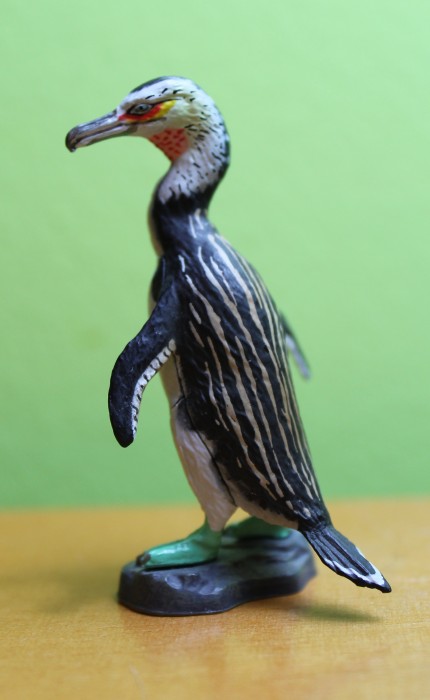
5 (6 votes)
The Japanese toy company Kaiyodo isn’t afraid to tackle the obscure and one of the best examples of this would have to be the Kaiyodo Copepteryx. While other companies make and re-make the same tired old prehistoric favorites here we have Kaiyodo making a very obscure extinct bird that you’ve probably never heard of and who’s name I can never remember (maybe writing this review will fix that).
Review: Daeodon (CollectA)
Review: Daeodon (Wild Safari by Safari Ltd.)
Review: Dromornis (Yowies Lost Kingdom)

4.7 (7 votes)
Travelling through the wonderful world of Oz (as the Aussies tend to call their country) one sure plans some things before starting. I deceided to cramp a few toy figures into a box to take on the chance to shoot some of them in their “natural environment” – at least kind of, Australia sure changed a fair bit since most of the represented animals went extinct.
Review: Entelodon (Mojö Fun)
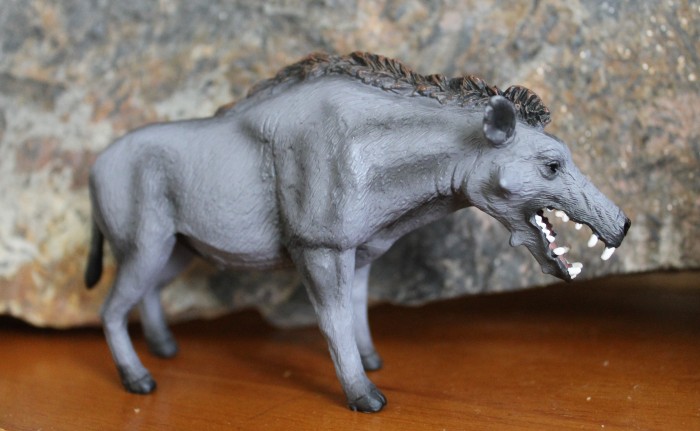
4.8 (6 votes)
Despite their appearance and popular designation as “Hell” or “terminator” pigs the group scientifically knows as the entelodontidae are now thought to have been more closely related to whales and hippopotamuses. Regardless of their taxonomic affinity there is no denying the superficial resemblance the entelodonts have to pigs, and one has to wonder if they had a similar temperament to pigs and hippopotamuses as well.
Review: Entelodont (AAA)
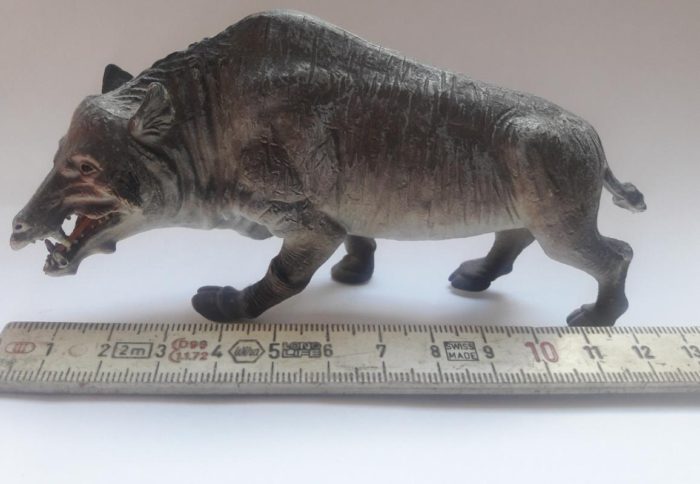
4 (9 votes)
Admittedly, there were lovelier animals to have walked the earth in prehistoric times than entelodonts, omnivorous beasts that were two metres tall and four metres long. Entelodonts were especially abundant in what are now Mongolia, China and Northern America and strolled through the landscape searching for any kind of food in the Eocene epoch – mainly probably carrion.

